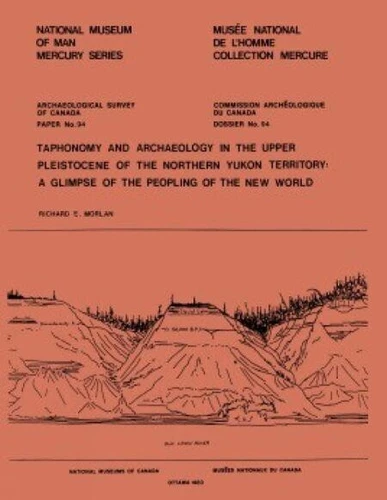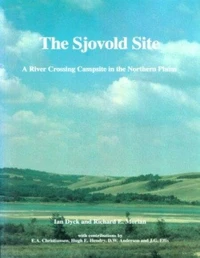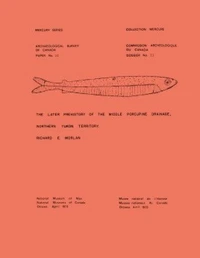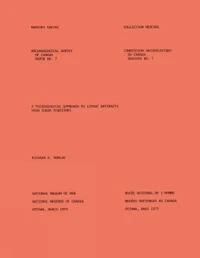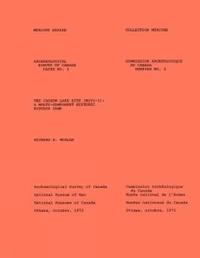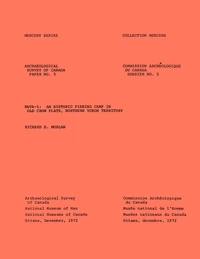Taphonomy and Archaeology in the Upper Pleistocene of the Northern Yukon Territory. A Glimpse of the Peopling of the New World
Par :Formats :
Disponible dans votre compte client Decitre ou Furet du Nord dès validation de votre commande. Le format PDF est :
- Compatible avec une lecture sur My Vivlio (smartphone, tablette, ordinateur)
- Compatible avec une lecture sur liseuses Vivlio
- Pour les liseuses autres que Vivlio, vous devez utiliser le logiciel Adobe Digital Edition. Non compatible avec la lecture sur les liseuses Kindle, Remarkable et Sony
 , qui est-ce ?
, qui est-ce ?Notre partenaire de plateforme de lecture numérique où vous retrouverez l'ensemble de vos ebooks gratuitement
Pour en savoir plus sur nos ebooks, consultez notre aide en ligne ici
- Nombre de pages427
- FormatPDF
- ISBN1-77282-089-X
- EAN9781772820898
- Date de parution01/01/1980
- Protection num.pas de protection
- Taille186 Mo
- Infos supplémentairespdf
- ÉditeurMercury-Mercure
Résumé
The concept of taphonomy has been borrowed from paleontology and applied to the analysis of vertebrate fossils from the Old Crow region of the northern Yukon Territory. By means of this approach, archaeologically significant specimens have been isolated from the larger suite of materials which can be explained entirely in terms of natural processes. The analysis indicates that human occupation began in eastern Beringia more than 50, 000 years ago and probably was continuous from that time onward, but primary archaeological deposits will be needed to clarify the historical and paleo-environmental significance of these finds.
Published in English.
Published in English.
The concept of taphonomy has been borrowed from paleontology and applied to the analysis of vertebrate fossils from the Old Crow region of the northern Yukon Territory. By means of this approach, archaeologically significant specimens have been isolated from the larger suite of materials which can be explained entirely in terms of natural processes. The analysis indicates that human occupation began in eastern Beringia more than 50, 000 years ago and probably was continuous from that time onward, but primary archaeological deposits will be needed to clarify the historical and paleo-environmental significance of these finds.
Published in English.
Published in English.

